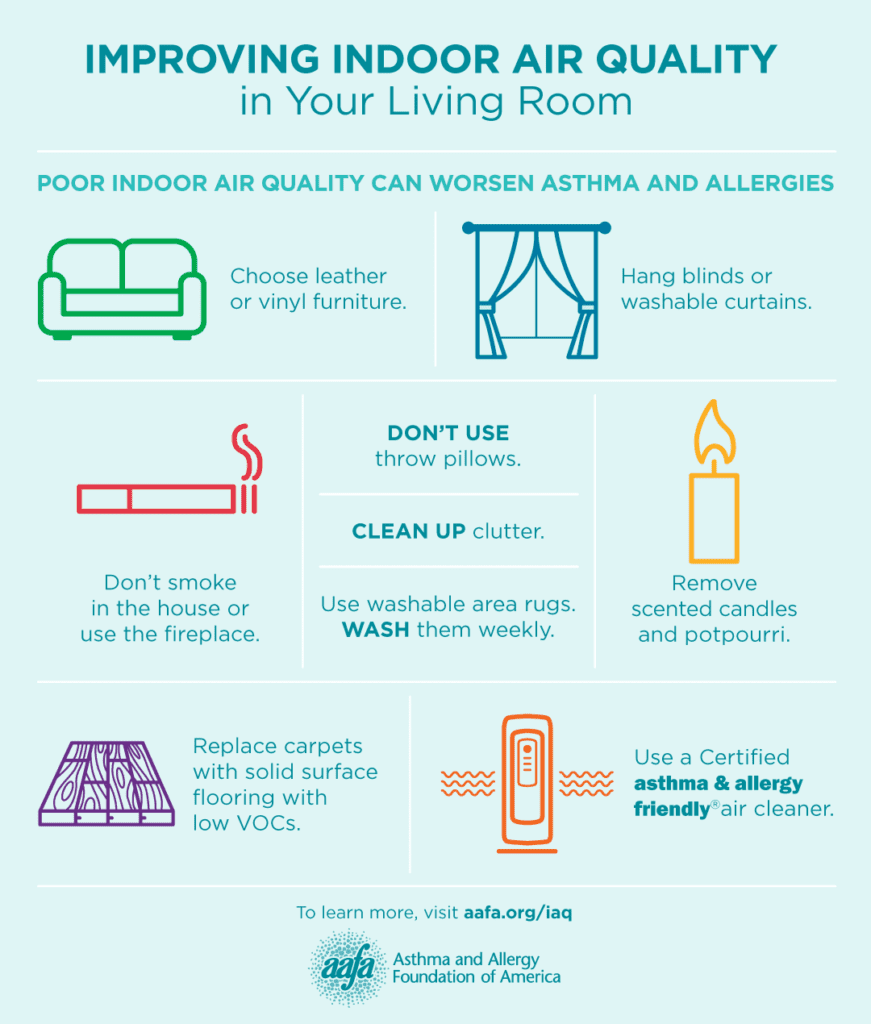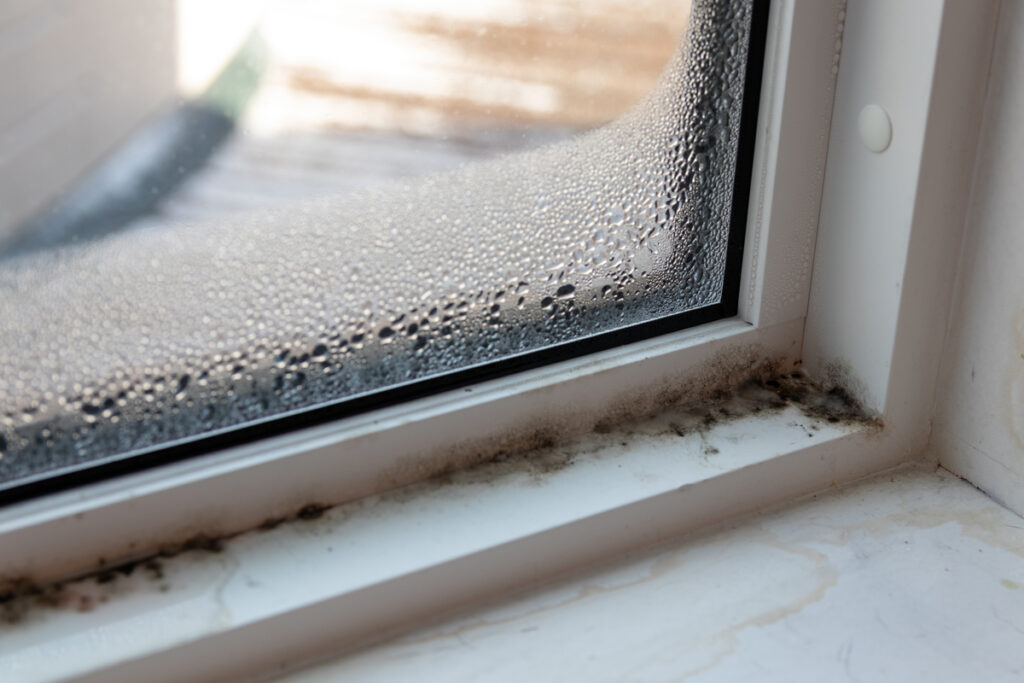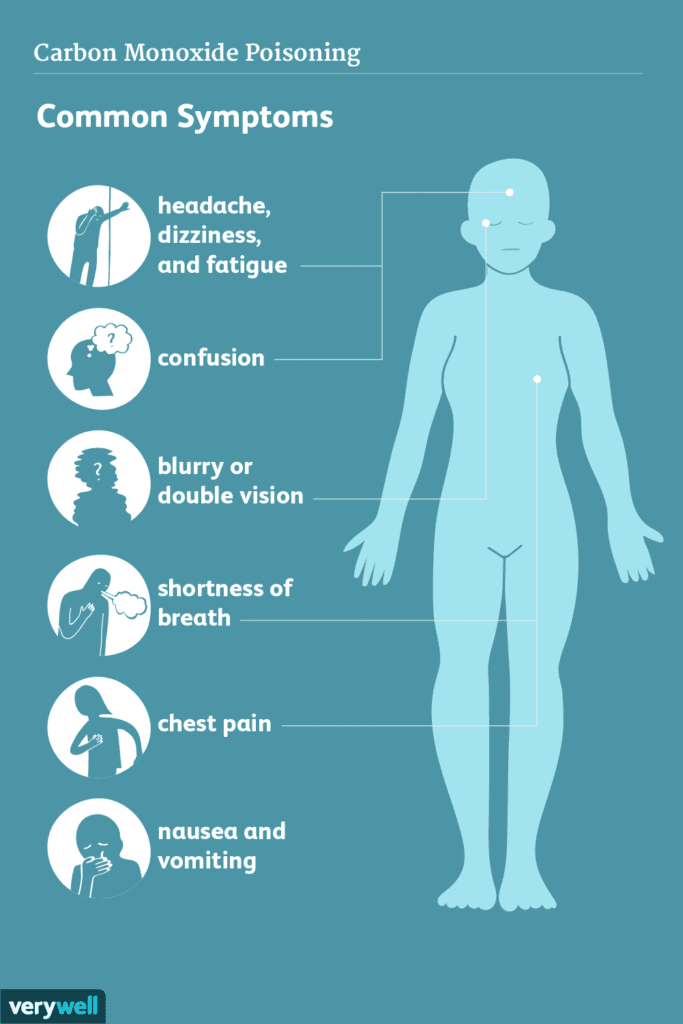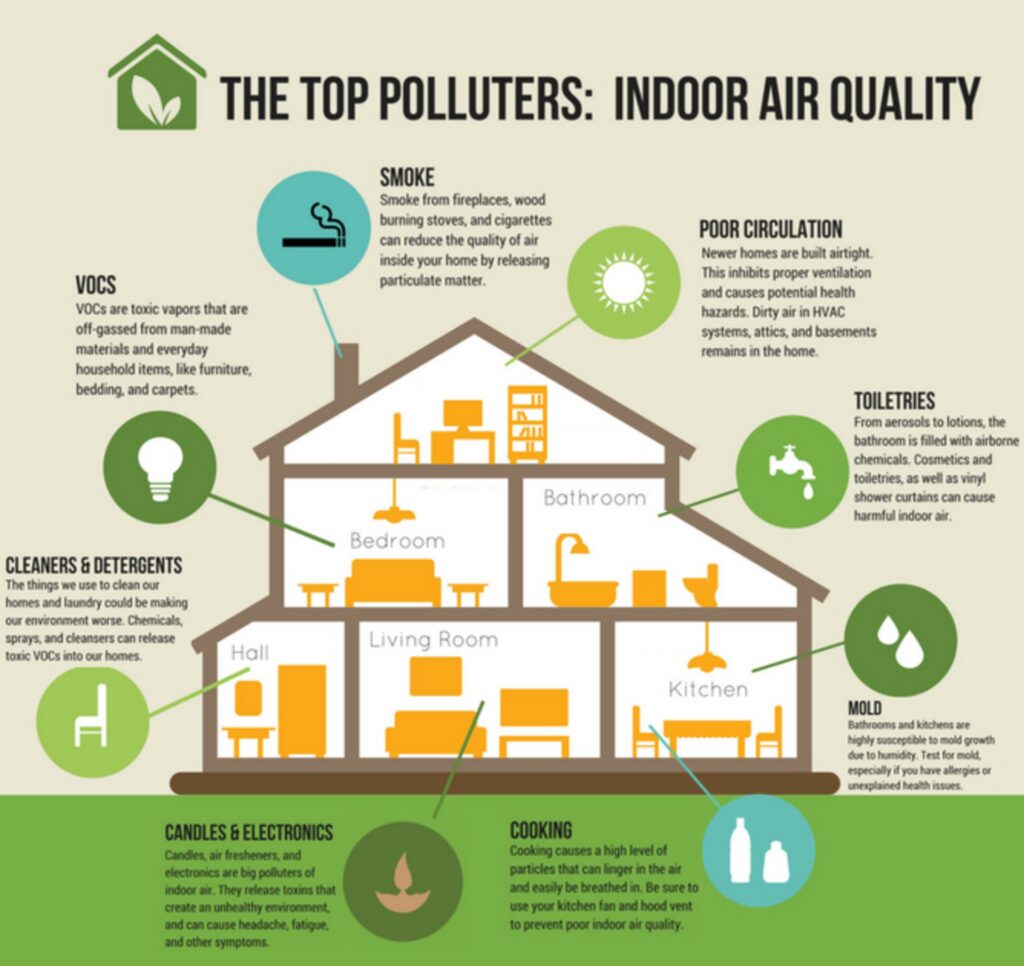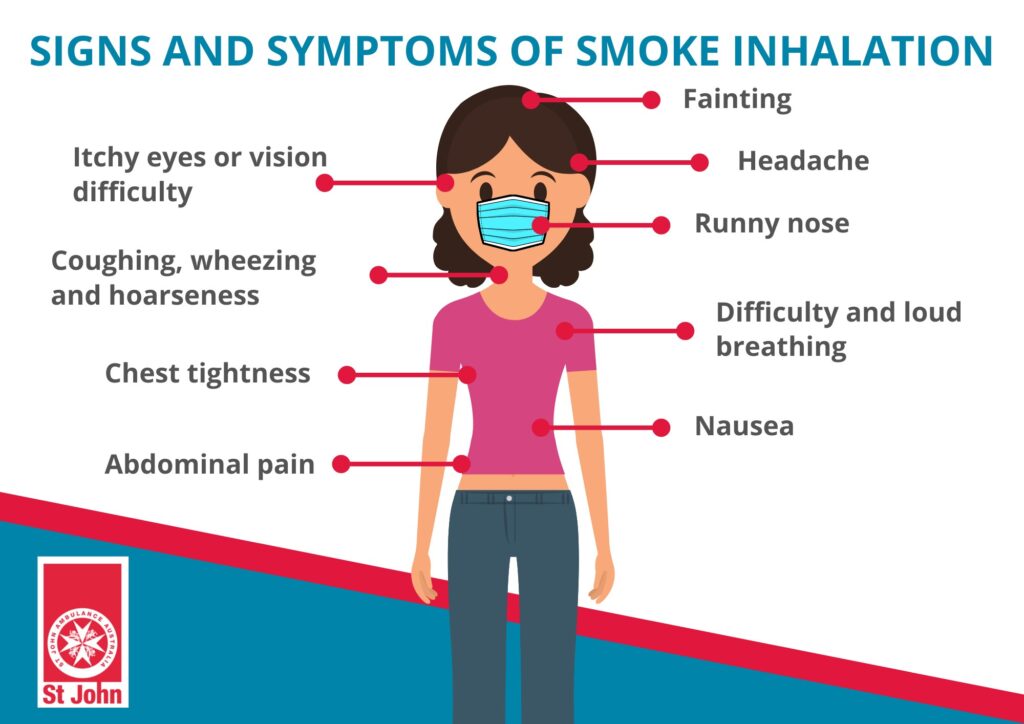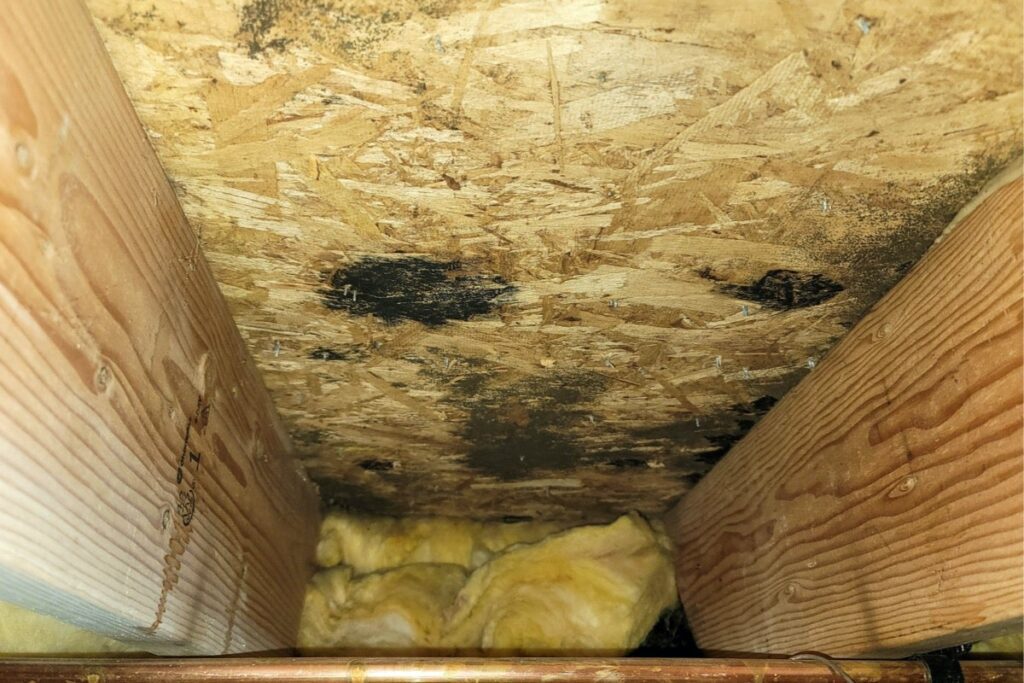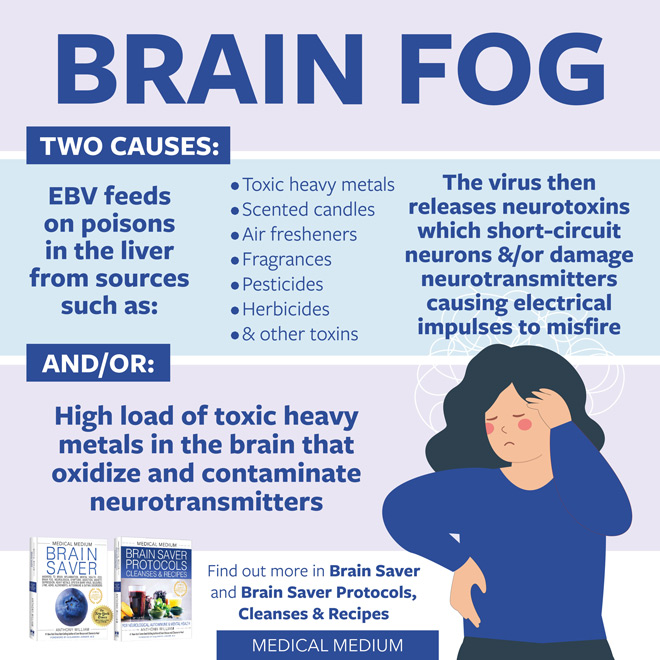If you’ve ever wondered whether cleaning your home actually improves the quality of the air you breathe, you’re not alone. Many people have questioned whether the effort put into keeping their living spaces clean truly makes a difference. In this article, we will explore the impact of cleaning on indoor air quality and uncover the benefits that a clean environment can bring to your overall well-being. So, let’s dive into the facts and find out if cleaning really does improve indoor air quality.
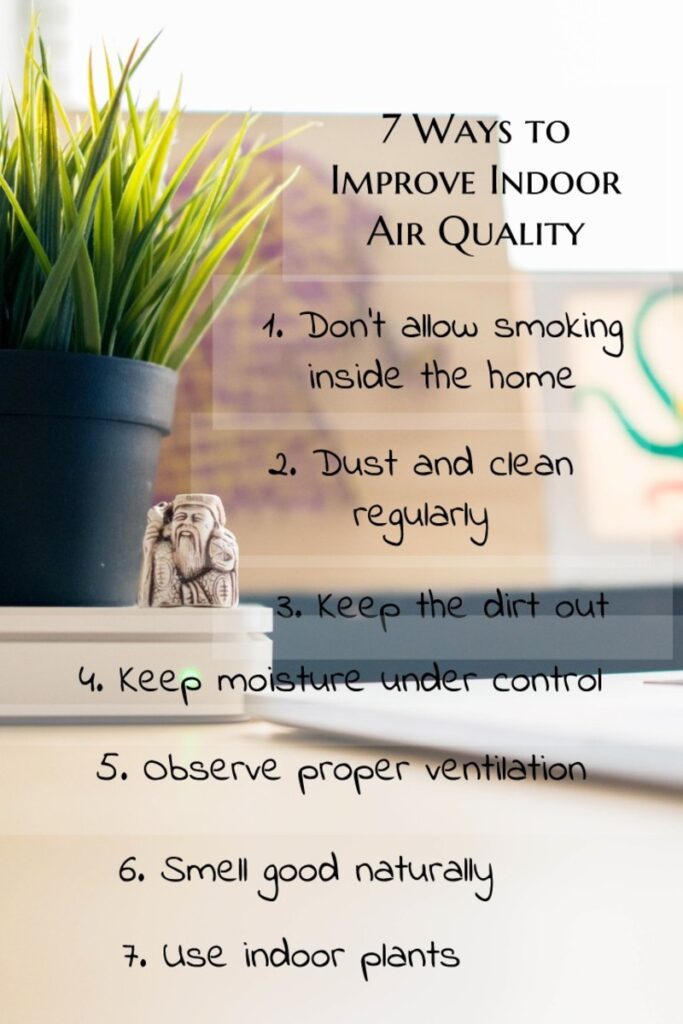

Importance of Indoor Air Quality
Understanding indoor air quality
Indoor air quality refers to the quality of the air inside buildings or homes. It encompasses various factors that can affect the health and comfort of occupants, such as the presence of pollutants, humidity levels, and ventilation. Understanding indoor air quality is crucial as we spend a significant amount of time indoors, especially in our homes.
Noting the health impacts of poor indoor air quality
Poor indoor air quality can have detrimental effects on our health. It can cause respiratory problems, allergies, and even lead to more serious conditions such as asthma and lung cancer. Additionally, exposure to certain pollutants can irritate the eyes, nose, and throat, causing discomfort and reduced productivity. Thus, it is important to recognize the importance of maintaining good indoor air quality for the well-being of you and your loved ones.
Recognizing the importance of maintaining good indoor air quality
Maintaining good indoor air quality should be a top priority for everyone. It not only ensures our health and well-being, but also contributes to a comfortable and pleasant living environment. Good indoor air quality can enhance our quality of life by reducing the risk of respiratory problems and allergies, improving sleep quality, and promoting overall physical and mental health. By recognizing the importance of maintaining good indoor air quality, you can take proactive steps to ensure a healthy and safe indoor environment for yourself and your family.
Sources of Indoor Air Pollution
Identifying common sources of indoor air pollution
Indoor air pollution can arise from various sources within our homes. Some common sources include tobacco smoke, cooking and heating appliances, cleaning products, paints and solvents, and building materials. These sources release pollutants into the air, leading to a degradation in indoor air quality.
Exploring the impact of volatile organic compounds (VOCs)
Volatile Organic Compounds (VOCs) are chemicals that can be found in many household products, such as cleaning agents, paints, and air fresheners. When these products are used, they release VOCs into the air, contributing to indoor air pollution. Prolonged exposure to high levels of VOCs can cause respiratory irritation, headaches, and even more serious health issues. Therefore, it is important to be aware of the presence of VOCs in our homes and take steps to minimize their impact on indoor air quality.
Discussing the role of pet dander and allergens
Pets are a beloved part of many households, but they can also contribute to poor indoor air quality. Pet dander, along with other allergens such as pollen and dust mites, can cause allergic reactions and respiratory problems. Regular cleaning and maintenance, particularly in areas where pets spend time, is crucial to minimize the presence of allergens and improve indoor air quality.
Examining the contribution of dust and particulate matter
Dust and particulate matter are common indoor air pollutants that can have a negative impact on our health. They can cause respiratory irritation, trigger allergies, and even worsen existing respiratory conditions. Regular cleaning practices, such as dusting and vacuuming, are essential to remove these pollutants and maintain a healthy indoor environment.
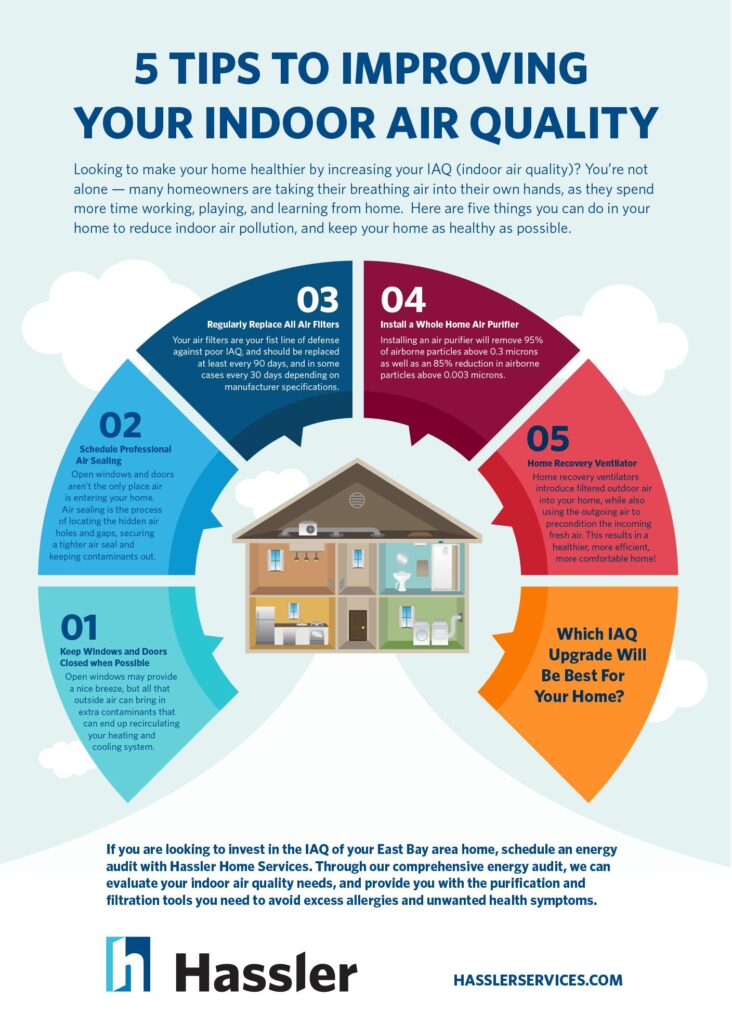

The Relationship Between Cleaning and Air Quality
Explaining how cleaning impacts indoor air quality
Regular cleaning plays a crucial role in maintaining good indoor air quality. It helps to remove pollutants, allergens, and other contaminants from surfaces, reducing their presence in the air we breathe. Cleaning not only improves the overall cleanliness and aesthetics of our homes, but also has a direct impact on the air we breathe indoors.
Highlighting the removal of dirt, dust, and debris
Cleaning involves the removal of dirt, dust, and debris from various surfaces within our homes. These particles can accumulate over time and contribute to poor indoor air quality. Vacuuming, mopping, and dusting are effective cleaning methods that help to remove these pollutants and improve the cleanliness of our living spaces.
Addressing the effectiveness of cleaning in reducing allergens
Allergens, such as pet dander, pollen, and dust mites, can trigger allergic reactions and respiratory issues. Regular cleaning, particularly in areas where allergens are commonly found, can significantly reduce their presence and minimize the risk of allergic reactions. Vacuuming carpets, washing bedding at high temperatures, and using allergen-proof covers on mattresses and pillows are effective strategies to control allergens and improve indoor air quality.
Discussing the impact on airborne particles and VOCs
Cleaning activities, such as dusting and vacuuming, help to remove airborne particles and VOCs from the indoor environment. By eliminating these pollutants, cleaning can greatly improve indoor air quality. It is important to use proper cleaning techniques and products to effectively reduce the presence of airborne pollutants and minimize their adverse effects on our health.
Choosing the Right Cleaning Methods
Understanding the importance of proper cleaning techniques
Using proper cleaning techniques is essential to achieve optimal results in maintaining indoor air quality. Improper cleaning methods may not effectively remove pollutants and can even contribute to the spread of allergens and pollutants within the indoor environment. Understanding the importance of proper cleaning techniques ensures that your cleaning efforts have a positive impact on air quality.
Exploring different cleaning methods and their effectiveness
There are various cleaning methods available, each with its own effectiveness in improving indoor air quality. Dry dusting and sweeping, for example, may not effectively remove dust and allergens from surfaces, as they can often become airborne and settle back onto surfaces. Wet cleaning methods, such as mopping and damp wiping, are more effective in capturing and removing pollutants, ensuring a cleaner and healthier indoor environment.
Considering the use of eco-friendly cleaning products
In addition to proper cleaning techniques, the choice of cleaning products also plays a significant role in maintaining good indoor air quality. Traditional cleaning products often contain harsh chemicals that can release VOCs and other pollutants into the air. Opting for eco-friendly or natural cleaning products can reduce the presence of these harmful pollutants and contribute to a healthier indoor environment. Look for products that are certified as environmentally friendly and free from toxic substances.
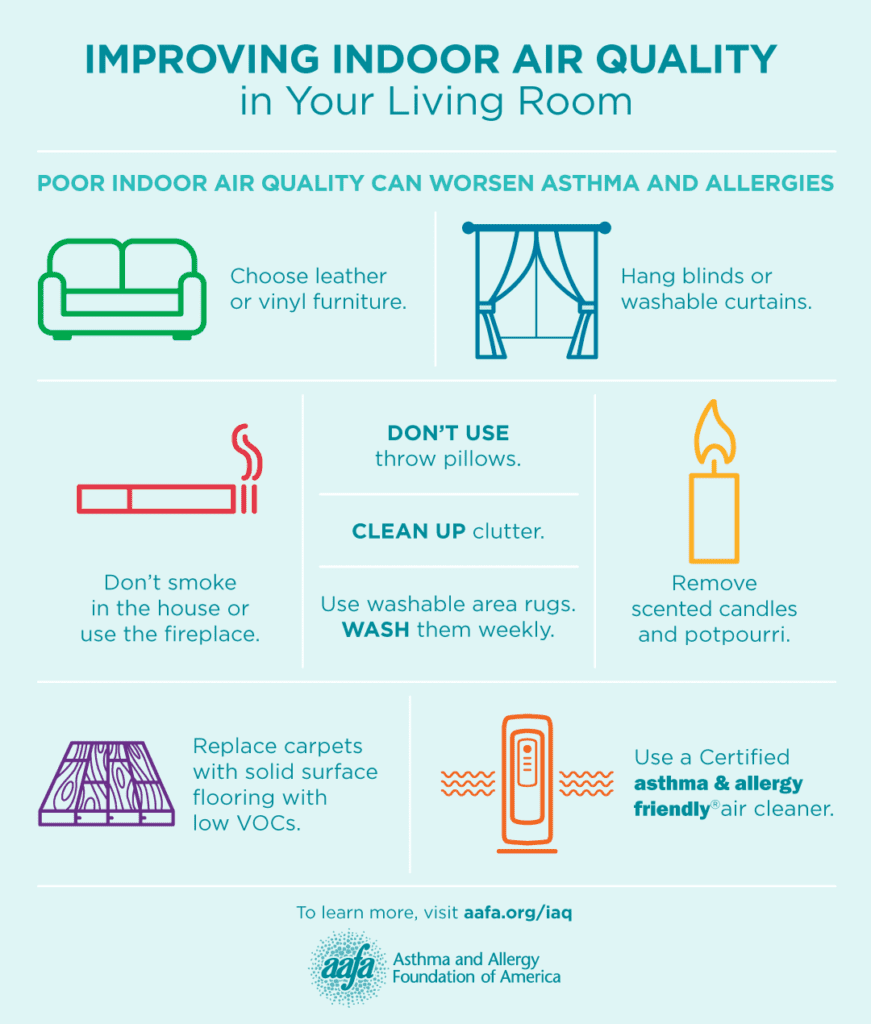

Cleaning Surfaces and Air Ducts
Explaining the importance of cleaning surfaces
Regular cleaning of surfaces is crucial in maintaining good indoor air quality. Surfaces, such as countertops, floors, and furniture, can accumulate dust, dirt, and other pollutants over time. These pollutants can become airborne and contribute to poor indoor air quality. Regular dusting, mopping, and wiping of surfaces help to remove these pollutants, ensuring cleaner air for you and your family.
Highlighting the role of air ducts in maintaining air quality
Air ducts play a crucial role in the ventilation system of our homes, circulating air throughout the house. Over time, air ducts can accumulate dust, dirt, and other allergens, which can then be circulated back into the indoor environment. Regular cleaning of air ducts helps to remove these pollutants, ensuring clean and fresh air circulates throughout your home.
Discussing the benefits of professional air duct cleaning
While regular cleaning of surfaces and air ducts is important, professional air duct cleaning provides additional benefits. Professional cleaners have the necessary expertise and equipment to thoroughly clean and remove pollutants from the entire air duct system. This helps to reduce the presence of airborne contaminants, improve indoor air quality, and promote a healthier living environment.
Preventing Mold and Mildew
Exploring the relationship between mold, mildew, and air quality
Mold and mildew growth is a common problem in many homes and can have a significant impact on indoor air quality. Mold spores and the gases produced by mold can cause respiratory problems, allergies, and even more serious health issues. Therefore, it is crucial to prevent mold and mildew growth to ensure good indoor air quality and a safe living environment.
Discussing the importance of regular mold prevention and removal
Regular mold prevention and removal are essential in maintaining good indoor air quality. Moisture control, proper ventilation, and maintaining optimal humidity levels are key in preventing mold growth. Additionally, any signs of mold or mildew should be addressed promptly to prevent further spread and potential health hazards.
Highlighting effective strategies to prevent mold and mildew
Preventing mold and mildew growth requires a combination of preventive measures. These include:
- Regularly checking and fixing any sources of moisture, such as leaks or condensation.
- Ensuring proper ventilation in high-moisture areas such as bathrooms and kitchens.
- Using dehumidifiers in damp areas to control humidity levels.
- Regularly cleaning and drying surfaces prone to moisture, such as shower curtains and bathroom tiles.
- Using mold-resistant paint and materials in areas prone to mold growth.
By implementing these strategies, you can significantly reduce the risk of mold and mildew growth, ensuring better indoor air quality and a healthier home environment.


Controlling Humidity Levels
Understanding the impact of humidity on indoor air quality
Humidity levels play a crucial role in indoor air quality. High humidity can promote the growth of mold, mildew, and dust mites, contributing to poor air quality and potential health issues. On the other hand, low humidity levels can cause dryness and irritation of the respiratory system. Controlling humidity levels is therefore essential in maintaining good indoor air quality and ensuring a comfortable living environment.
Exploring the connection between high humidity and mold growth
High humidity levels provide an ideal environment for mold growth. Moisture in the air can condense on surfaces, providing the necessary conditions for mold spores to thrive. Without proper humidity control, mold can rapidly grow and release spores into the air, compromising indoor air quality. Therefore, it is important to keep humidity levels in check to prevent mold growth and maintain healthy indoor air.
Highlighting the benefits of using dehumidifiers
Using dehumidifiers can effectively control and reduce humidity levels in your home. Dehumidifiers extract excess moisture from the air, preventing the growth of mold, mildew, and dust mites. By maintaining optimal humidity levels, dehumidifiers contribute to improved indoor air quality, reduced respiratory issues, and a more comfortable living environment. It is recommended to use dehumidifiers in areas with high humidity, such as basements and bathrooms.
Improving Ventilation
Explaining the role of ventilation in maintaining air quality
Proper ventilation is crucial in maintaining good indoor air quality. Ventilation systems exchange stale indoor air with fresh outdoor air, ensuring a continuous flow of clean air throughout the house. Ventilation helps to remove and dilute indoor pollutants, such as volatile organic compounds (VOCs), mold spores, and dust particles, resulting in improved air quality.
Highlighting the benefits of proper ventilation systems
Proper ventilation systems provide several benefits in maintaining good indoor air quality. These include:
- Removal of pollutants and odors: Ventilation systems effectively remove pollutants and unpleasant odors from the indoor environment, ensuring clean and fresh air for occupants.
- Reduction of excess moisture: Adequate ventilation helps to control humidity levels, preventing mold and mildew growth due to excess moisture.
- Improved comfort: Good ventilation promotes a comfortable indoor environment by maintaining optimal temperature and airflow, reducing the risk of stuffiness and discomfort.
Discussing strategies to improve airflow and reduce indoor pollutants
There are several strategies you can implement to improve airflow and reduce indoor pollutants:
- Keep windows and doors open whenever possible to facilitate natural airflow.
- Use window or portable fans to enhance air circulation in areas with poor ventilation.
- Install exhaust fans in kitchens, bathrooms, and other high-moisture areas to remove excess humidity and improve air quality.
- Regularly clean and maintain ventilation systems, such as air vents and ducts, to ensure optimal airflow and reduce the accumulation of dust and debris.
By implementing these strategies, you can enhance indoor airflow and reduce the presence of indoor pollutants, thus improving overall air quality in your home.


The Impact of Indoor Plants
Exploring the role of indoor plants in improving air quality
Indoor plants not only add beauty and tranquility to our living spaces but also have the ability to improve indoor air quality. Through a process called photosynthesis, indoor plants can filter pollutants and release oxygen, creating a healthier and more pleasant environment to live in.
Highlighting the ability of plants to filter toxins and produce oxygen
Indoor plants have the remarkable ability to filter toxins from the air. They absorb pollutants such as formaldehyde, benzene, and carbon monoxide through their leaves and roots, effectively purifying the air we breathe indoors. Additionally, plants release oxygen as a byproduct of photosynthesis, further enhancing the air quality in our homes.
Discussing the ideal plants for improving indoor air quality
Certain plants are particularly effective in improving indoor air quality. Here are some examples:
- Snake Plant (Sansevieria): Known for its ability to filter formaldehyde, a common indoor air pollutant.
- Peace Lily (Spathiphyllum): Effective in removing common toxins such as benzene and trichloroethylene.
- Spider Plant (Chlorophytum comosum): Known for its ability to absorb carbon monoxide and other pollutants.
- Aloe Vera: Filters formaldehyde, benzene, and other indoor air pollutants commonly found in cleaning products and paints.
By incorporating these indoor plants into your living spaces, you can enhance indoor air quality and enjoy the added beauty and benefits they bring to your home.
Regular Maintenance and Cleaning Routine
Emphasizing the importance of regular cleaning and maintenance
Regular cleaning and maintenance routines are vital in maintaining good indoor air quality. Consistent cleaning helps to remove pollutants, allergens, and other contaminants from surfaces, preventing their accumulation and reducing the risk of airborne pollutants. By establishing a regular cleaning and maintenance routine, you can ensure a healthier and safer indoor environment for you and your family.
Highlighting the benefits of consistent cleaning routines
Consistent cleaning routines provide several benefits in maintaining good indoor air quality. These include:
- Reduction of allergens: Regular cleaning helps to remove allergens such as dust mites, pollen, and pet dander, reducing the risk of allergic reactions and respiratory issues.
- Prevention of mold and mildew: Regular cleaning and maintenance help to control moisture levels and prevent mold and mildew growth, ensuring cleaner air and a healthier living environment.
- Promotion of overall cleanliness: Consistent cleaning routines ensure that surfaces, floors, and other areas are regularly cleaned, minimizing the accumulation of dirt, dust, and other pollutants.
Discussing the role of professional cleaning services in maintaining air quality
While regular cleaning routines are important, there may be instances where professional cleaning services can provide additional benefits. Professional cleaners have the expertise and specialized equipment to deep clean and effectively remove pollutants from your home. They can tackle hard-to-reach areas, thoroughly clean carpets and upholstery, and address any specific cleaning needs. By hiring professional cleaning services periodically, you can ensure a comprehensive cleaning that contributes to improved indoor air quality and a healthier living environment.
In conclusion, the importance of indoor air quality cannot be overstated. Poor air quality can have a negative impact on our health, leading to respiratory problems and allergies. By understanding the sources of indoor air pollution and the role of cleaning, we can take proactive measures to maintain good air quality in our homes. Choosing the right cleaning methods, cleaning surfaces and air ducts, preventing mold and mildew, controlling humidity levels, improving ventilation, incorporating indoor plants, and establishing regular maintenance and cleaning routines are all essential steps in ensuring a healthier and safer indoor environment for you and your loved ones. By prioritizing indoor air quality and implementing these strategies, you can enjoy the benefits of cleaner air and a more comfortable living environment.

